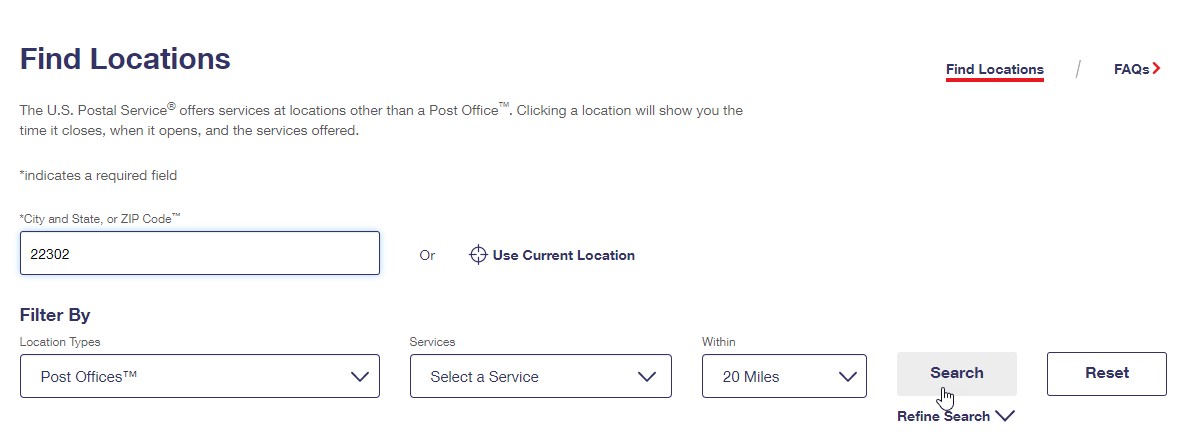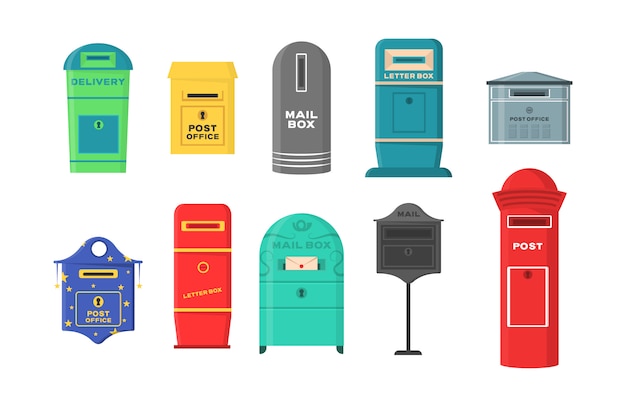Our industry lives and breathes paperboard. The thick paper substrate can be transformed into any number of designs, from simple tuck cartons to intricate, sculpted packages that impart a sense of luxury and wonder. With all that versatility, it’s not surprising that there are many types—or grades—of paperboard to choose from, each with different prosperities, strengths, and weaknesses.
Here are just four grades and the products or end-use categories that most frequently use them.
1. Solid Bleached Sulfate (SBS)
A premium grade, brilliant white SBS has a clay-coated surface for high-quality printing and a top ply of bleached virgin hardwood fibers for smoothness. The other plies are made of bleached virgin softwood or a blend of softwood and hardwood fiber. Because it is a solid white sheet, SBS is the preferred choice for food packaging and many high-end retail products. Sectors that regularly use SBS include:
The element is a container for different types of input elements, such as: text fields, checkboxes, radio buttons, submit buttons, etc. All the different form. What are some Examples of How to Format Different Types of. It’s no secret that dynamic range compression is one of the most important and versatile tools to an audio engineer. Here’s information on some of the ways that you can use the many different types. If you've ever been puzzled when presented with different types of paper, whether for printing on or calligraphing on, this blog post is here to help!
- Cosmetics
- Wet foods
- Frozen foods
- Tobacco
- Dairy products (butter, ice cream, milk)
- Meats
- Perishable bakery products
- Medical products
2. Coated Unbleached Kraft (CUK)
Whereas SBS is white throughout, CUK is made from unbleached virgin kraft fiber, which imparts a natural brown color. This board grade is comprised primarily of various southern pine species (softwoods) with some hardwood fiber, particularly in the top ply which is clay-coated to create a smooth, white printing surface. The long, large pine fibers impart excellent strength and tear resistance qualities to the finished sheet. This strength characterizes the CUK grade. It’s commonly used for beer and soft drink beverage containers as well as heavy-duty retail packaging such as hardware and concentrated laundry detergents.
3. Coated Recycled Paperboard
This paperboard grade is made of recycled fibers—those recovered from paper manufacturing and converting facilities as well as post-consumer sources. It generally contains a top ply of white fibers and is finished with a clay coating to improve print performance. Use this recycled board if you’re designing for the following products:
- Laundry soaps and detergents
- Dry bakery products (crackers, cookies)
- Paper products (facial tissues, napkins)
- Dry foods (pasta)
- Hardware
- Cake mixes
- Cereal
4. Non-Bending Chipboard
Manufactured from recycled newsprint and old corrugated, this thick paperboard grade is often used as the “body stock” for rigid or setup boxes. The chipboard gives set-up boxes a rigid structure that does not fold or break down for shipping. Once the chipboard is cut and assembled into the desired shape, it is overlaid with a paper wrap that can be printed, foil-stamped, and finished in a variety of ways. With their strength and beautiful wraps, rigid boxes are a mainstay for small luxury goods in the cosmetics, confections, electronics, and jewelry markets.
These four grades represent only a small portion of the options available to today’s paperboard packaging manufacturer, and we encourage you to explore further.
To learn more about paperboard, search the “Industry tag” on The Industry Voice page.



Our industry lives and breathes paperboard. The thick paper substrate can be transformed into any number of designs, from simple tuck cartons to intricate, sculpted packages that impart a sense of luxury and wonder. With all that versatility, it’s not surprising that there are many types—or grades—of paperboard to choose from, each with different prosperities, strengths, and weaknesses.

Here are just four grades and the products or end-use categories that most frequently use them.
1. Solid Bleached Sulfate (SBS)
A premium grade, brilliant white SBS has a clay-coated surface for high-quality printing and a top ply of bleached virgin hardwood fibers for smoothness. The other plies are made of bleached virgin softwood or a blend of softwood and hardwood fiber. Because it is a solid white sheet, SBS is the preferred choice for food packaging and many high-end retail products. Sectors that regularly use SBS include:
- Cosmetics
- Wet foods
- Frozen foods
- Tobacco
- Dairy products (butter, ice cream, milk)
- Meats
- Perishable bakery products
- Medical products
2. Coated Unbleached Kraft (CUK)
Whereas SBS is white throughout, CUK is made from unbleached virgin kraft fiber, which imparts a natural brown color. This board grade is comprised primarily of various southern pine species (softwoods) with some hardwood fiber, particularly in the top ply which is clay-coated to create a smooth, white printing surface. The long, large pine fibers impart excellent strength and tear resistance qualities to the finished sheet. This strength characterizes the CUK grade. It’s commonly used for beer and soft drink beverage containers as well as heavy-duty retail packaging such as hardware and concentrated laundry detergents.
3. Coated Recycled Paperboard
This paperboard grade is made of recycled fibers—those recovered from paper manufacturing and converting facilities as well as post-consumer sources. It generally contains a top ply of white fibers and is finished with a clay coating to improve print performance. Use this recycled board if you’re designing for the following products:
- Laundry soaps and detergents
- Dry bakery products (crackers, cookies)
- Paper products (facial tissues, napkins)
- Dry foods (pasta)
- Hardware
- Cake mixes
- Cereal

4. Non-Bending Chipboard
Manufactured from recycled newsprint and old corrugated, this thick paperboard grade is often used as the “body stock” for rigid or setup boxes. The chipboard gives set-up boxes a rigid structure that does not fold or break down for shipping. Once the chipboard is cut and assembled into the desired shape, it is overlaid with a paper wrap that can be printed, foil-stamped, and finished in a variety of ways. With their strength and beautiful wraps, rigid boxes are a mainstay for small luxury goods in the cosmetics, confections, electronics, and jewelry markets.
These four grades represent only a small portion of the options available to today’s paperboard packaging manufacturer, and we encourage you to explore further.
Different Types Of Post Office Jobs
To learn more about paperboard, search the “Industry tag” on The Industry Voice page.
